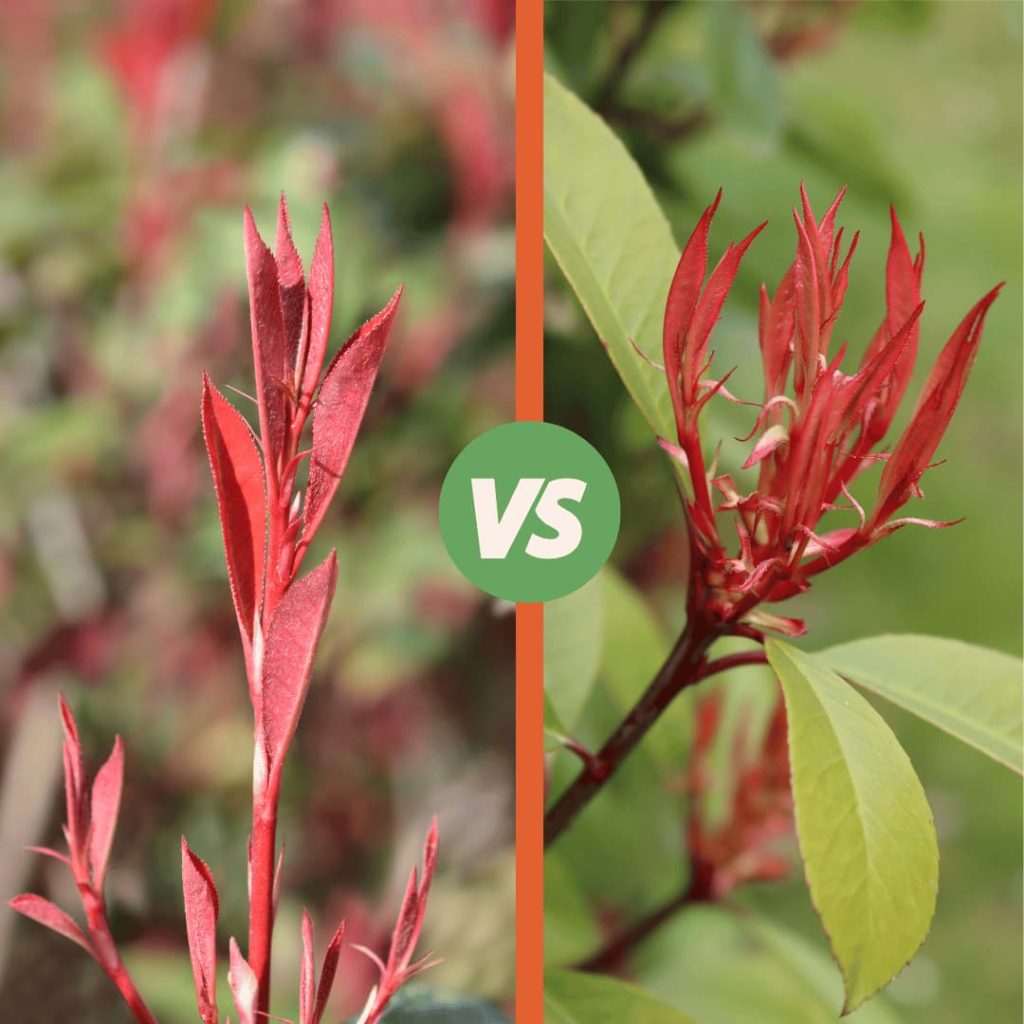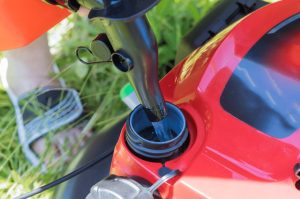Photinias are common in Australian landscapes due to their beauty and easy care needs. As low-maintenance shrubs or small trees, these plants are a great way to bring some colourful foliage to the landscapes. Beautiful white cluster flowers and brilliant foliage highlight plantings in the spring/summer and then again in late autumn.
Native to China, they bring a fun and exotic look to your landscape. There are several species; some are evergreen and others deciduous, so you can find something that will fit your needs. The most widely grown Photinia are Red Robin and Robusta, among several others. These two are by far the most popular species you will likely find.
Photinia fundamentals
Our plant care experts offer these quick reference facts about Photinia to help you find the right place for these stunning plants in your landscape:
- They are easy to grow as larger shrubs or small trees, depending on species and pruning
- Flowers with soft white clusters of flowers that appear in late spring to the early summer
- They can be added to Australian gardens from autumn through to spring for optimal growth
- These plants do best in sun or partial shade, but the sun is ideal for brilliant foliage and flowers
- Some dislike alkaline soil, and others need higher levels of organic matter for the best growth
- Some are evergreen and keep their leaves. Others are deciduous and drop their leaves
- These plants are versatile and work well as hedging planting or standalone specimens
Comparative analysis: Photinia red robin vs. robusta
The Robusta and the Red Robin are two of the most common varieties in the Photinia family. They share so many common characteristics the average person has trouble telling them apart. Our experts say the greatest distinction between the Photinia species is their growth and mature height.
The Photinia Fraseri Red Robin grows to approximately 3-4m tall when mature and is a slower-growing plant with fewer ‘leggy’ branches and a more compact size and shape.
Robusta

Compared to Red Robin, Photinia Robusta grows much taller, reaching a mature height of approximately 5-6m, and it is also faster growing with a more sparse and leggy growth.
Ultimately, the decision between these common varieties best comes down to whether you want something tall and well-designed for privacy hedges or something smaller and more compact.
Garden guru tips: How to grow Photina
Photinia are beautifully stunning plants well-adapted to the growing conditions in many temporal areas of Australia. Once established, they are hardy and easy to care for with minimal care and maintenance. They suit many styles of garden areas thanks to the diversity in size and growth patterns, being easily kept as trees or shrubs and used in large and small gardens alike.
Some varieties of Photinia need neutral or acid conditions and require organic matter to be added to improve more chalky/alkaline soil. If soil conditions are not ideal and cannot be improved. Photinia can be grown as single plants in pots, providing enough room for a large root ball and plenty of nutritious soils. Be sure to choose smaller varieties for containers, as larger species will require plenty of space so they can grow and be healthy.
Mastery in maintenance
Thanks to our plant experts, you can keep both Red Robin and Robusta varieties of Photinia healthy by following these tips:
Watering Considerations
- After planting, these plants are going to need regular watering until they become well-established
- Mature plants with good root systems will handle the Australian heat and droughts fairly well with minimal intervention
- When grown near fences and walls, additional watering may be needed as natural rainfall can be greatly reduced
- Plants in containers will dry out much more quickly, especially in the hotter months and will need frequent watering
Feeding Considerations
- Photinias will not need much fertiliser unless the soil is very poor and lacks the nutrients needed.
- A general all-purpose fertiliser can be used per package instructions once a year to boost nutrients.
- Container plants will benefit from regular use of a slow-release fertiliser to offset the nutrient absorption from the soil.
- Photinias are grown mostly for stunning foliage, so a high nitrogenous fertiliser is ideal.
Pruning considerations
- Photinias have a long life expectancy, and some varieties can grow quite large by the time they are fully mature.
- Choosing the right variety and size for your landscape will help ensure your pruning work is kept to a minimum.
- If your Photinia has become overgrown or outgrown its space, some pruning may be needed to get it back in shape.
- It is better to do small prunings once a year rather than letting it get wildly overgrown and doing a major cutback.
Overcoming photinia pitfalls
Photinias are generally healthy and need minimal care and attention if growing conditions are favourable. Common issues you may find with these plants can include:
- Frost or wind damage – new shoot growth is often damaged from cols snaps and high winds
- Leaf spot – discoloured spots can be caused by temperature changes and watering issues
- Leaf drop- yellowing and browning leaves can be caused by nutrient deficiency and bad soils
- Root rots- overwatering or soil with inadequate drainage can lead to rotting in the root ball
Photinias are usually pest and disease-free, but at times, you might encounter the following:
- Powdery mildew – fungal spots that are purple to black in colour will appear on the foliage
- Fireblight – a bacterial infection, this condition causes new shoots to wither and die quickly
- Wine weevil – These pests chew up the leaves and shoots, leaving markings on the leaf margins
To avoid these problems, consider the following:
- Choose an area of the yard that is sunny and protected from the wind and cold temperatures
- Plant younger plants, so they have time to become established and acclimated to the area
- Add some organic matter into the soil to provide good drainage and nutrient levels
- Choose photinia species that are suitable for the soil, container, or location you are choosing
- Perform regular inspections to look for signs of pest and disease issues early on
Final Thoughts on Photinias in Australia
Photinias are widely used in Australian landscapes and are popular for gardens of all types. They are stunning specimens that can be great low-maintenance hedge plants thanks to their captivating beauty and minimal upkeep requirements. They are well suited for the Australian climate in many regions and offer a great splash of colour and vibrancy for the garden spaces. With their exotic flare, they provide an aesthetically pleasing touch to your landscape. The various options, including Photinia Robusta and Photinia Red Robin, are amazing specimens that can work wonders for your garden.







